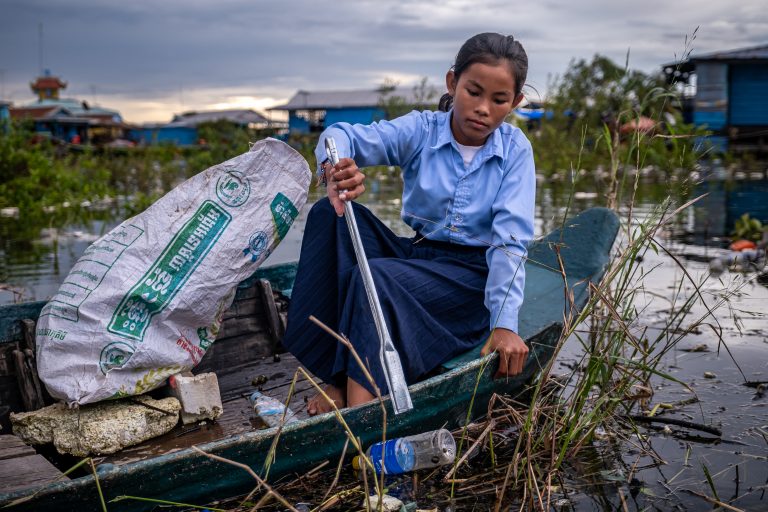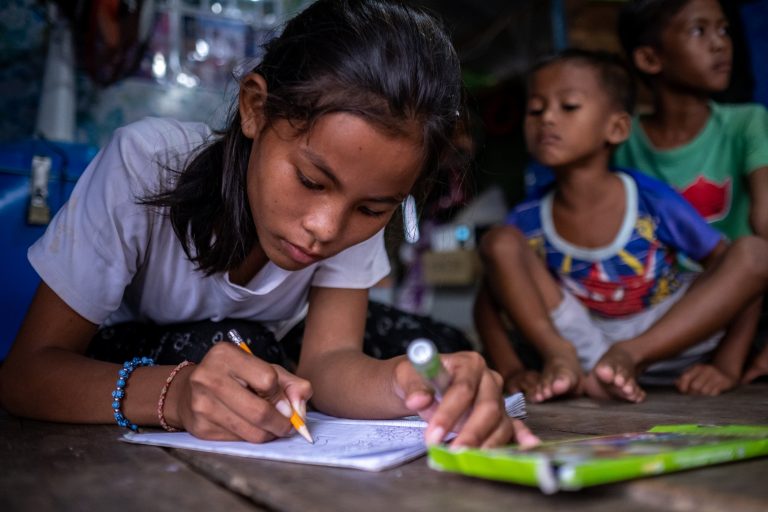Wiersholm contributes to the climate and children's rights project Green Generation
The partnership between Wiersholm and Save the Children began in 2019. Financial support is one of the pillars of the partnership, in addition to pro bono work and a joint trainee scheme called Responsible Business Trainee. As of 2023, Wiersholm’s financial support goes to the project Green Generation in Cambodia, which is a collaboration between Save the Children and WWF World Wildlife Fund.
– With the Green Generation project, Save the Children equips the coming generation to understand and take action against climate changes, which already affects them directly, explains Bjørn-Richard Monsen, Save the Children’s regional manager for Asia, Latin America and the Caribbean.
The rights of children are threatened by the climate crisis. Cambodia is one of the countries in which the future of children is at stake due to climate change, especially for children living around the Tonlé Sap Lake. The lake is the largest in Southeast Asia and the livelihood of approximately 250,000 people. Tonlé Sap is also home to critically endangered species and a unique biodiversity. Here, many families live as fishing nomads in floating housing, among them several ethical minorities, who already are in a vulnerable position.

Climate change, overfishing and pollution threaten the biodiversity and survival of thousands of species around Tonlé Sap. Families who make a living from fishing have lost or experienced a sharp reduction in their livelihood. More than 50 per cent of households here live below the poverty line.
The overall goal of Green Generation is to increase knowledge about the environment and climate among children and young people, put climate change higher on the agenda in the education system and carry out local climate and environmental initiatives with the children in the driver’s seat. The project builds on Save the Children’s work in Cambodia over many decades. Together with partners, Save the Children closely collaborates with the authorities and, not least, the children locally, which provide invaluable input on challenges and initiatives.

– We are happy to be able to contribute financially to a project that is so clearly about creating a better future for children. The climate crisis worries us all, and the consequences are particularly great for children in poor areas of the world where they depend on vulnerable natural resources. The project of Save the Children and World Wildlife Fund strengthens the rights of children and involves children in the work to protect nature from pollution and harmful climate change, says Christel Søreiede, Partner in Wiersholm and responsible for the collaboration with Save the Children.
Wiersholm contributes to the implementation of Green Generation at 22 schools in the provinces Kampong Thom, Kampong Chhnang and Pursat around the Tonlé Sap Lake. With support from Wiersholm, Save the Children also aims to expand the project to new areas in Cambodia and other countries with similar challenges, such as Guatemala, Palestine, Syria, Lebanon and Myanmar.
– The support from Wiersholm has been decisive for the development of the project and means that we can now continue it in other parts of Cambodia and in other countries in which we work, states Bjørn-Richard Monsen.
Save the Children has worked in Cambodia since 1979. The organisation is particularly focused on education, protecting children and strengthening the rights of children in the country. Save the Children works for and with children in poor rural areas, children from ethnic minorities, children and young people with disabilities, and children with different gender identities, sexual orientations and gender expressions.